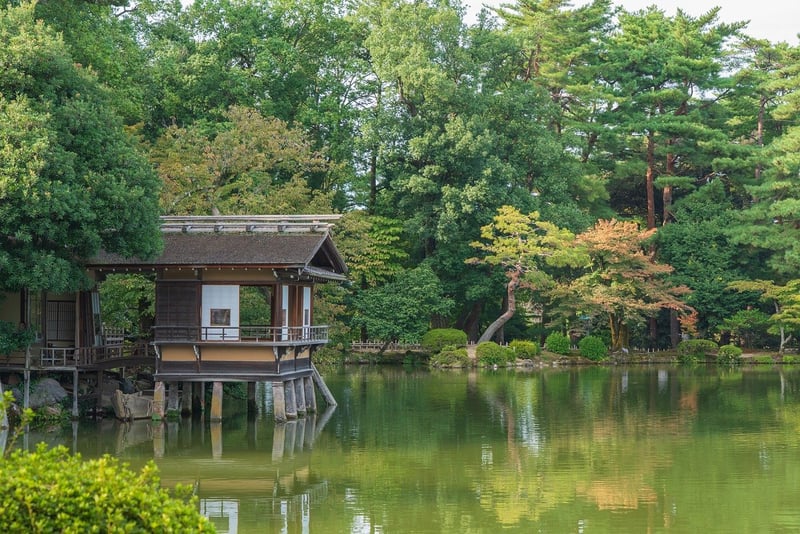Sand Raking
Essential Aspects of Zen Garden Design + Sand Raking
Introduction to Zen Gardens
Zen gardens, also known as Japanese rock gardens or dry landscape gardens, are designed to evoke tranquility, simplicity, and mindfulness. These gardens typically consist of carefully placed rocks, gravel or sand, moss, and minimal vegetation.
Key Elements of Zen Garden Design
- Rocks: Rocks are the backbone of a Zen garden. They symbolize mountains and islands and are strategically placed to create a sense of balance and harmony.
- Gravel or Sand: Raked gravel or sand represents water or the ocean. The patterns created by raking are meant to mimic ripples in water or waves in the ocean.
- Minimalism: Zen gardens embrace simplicity and minimalism. They avoid clutter and excessive decoration, allowing for a clear and uncluttered space for contemplation.
- Plants: Sparse, carefully chosen plants such as moss, bonsai trees, or bamboo may be included in a Zen garden to provide a touch of greenery and softness amidst the rocks and gravel.
- Bridges and Lanterns: Some Zen gardens may feature small bridges or stone lanterns, adding to the aesthetic appeal and providing focal points for meditation.
The Art of Sand Raking
Sand raking, also known as "sandan" in Japanese, is a meditative practice in Zen gardens. Raking patterns in the sand can be a form of moving meditation, helping to clear the mind and promote focus. Here are a few tips for sand raking:
- Use a Rake: A wooden rake or comb is traditionally used to create patterns in the sand. The type of rake and the pressure applied can influence the texture and design.
- Focus on Breath: Coordinate your breathing with the movement of the rake. Inhale as you pull the rake towards you and exhale as you push it away, creating a rhythmic flow.
- Experiment with Patterns: Try different patterns like straight lines, circles, or waves. Each pattern can evoke a different feeling and sensation.
- Practice Mindfulness: Engage fully in the act of sand raking, being present in the moment and focusing on the sensations of the rake moving through the sand.
Conclusion
Designing a Zen garden and practicing the art of sand raking can be a rewarding experience, offering a space for contemplation, relaxation, and mindfulness. Whether you have a small indoor Zen garden or a larger outdoor space, incorporating these essential aspects can help create a peaceful sanctuary in the midst of a busy world.


For more inspiration and ideas on Zen garden design, you can visit The Spruce.
